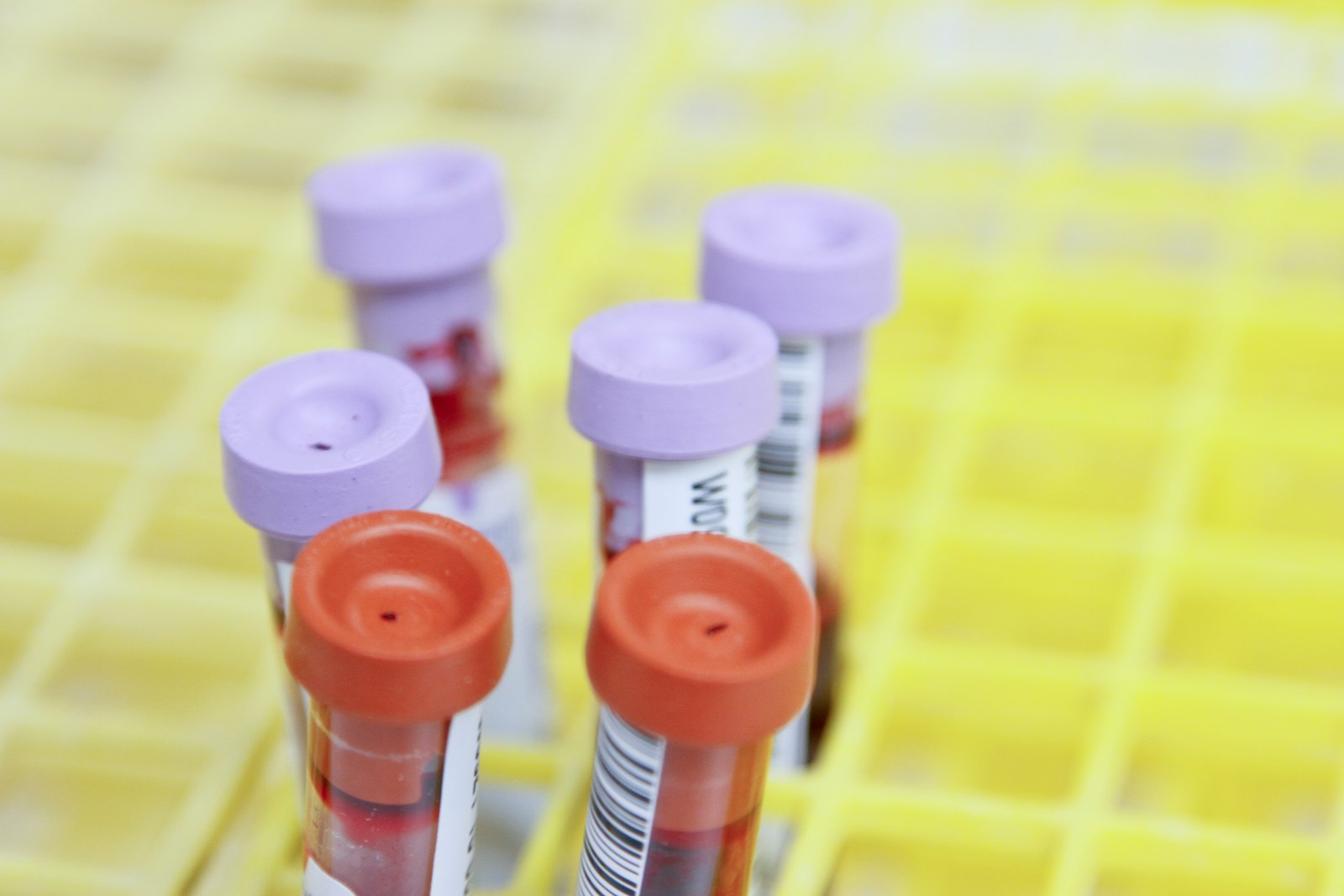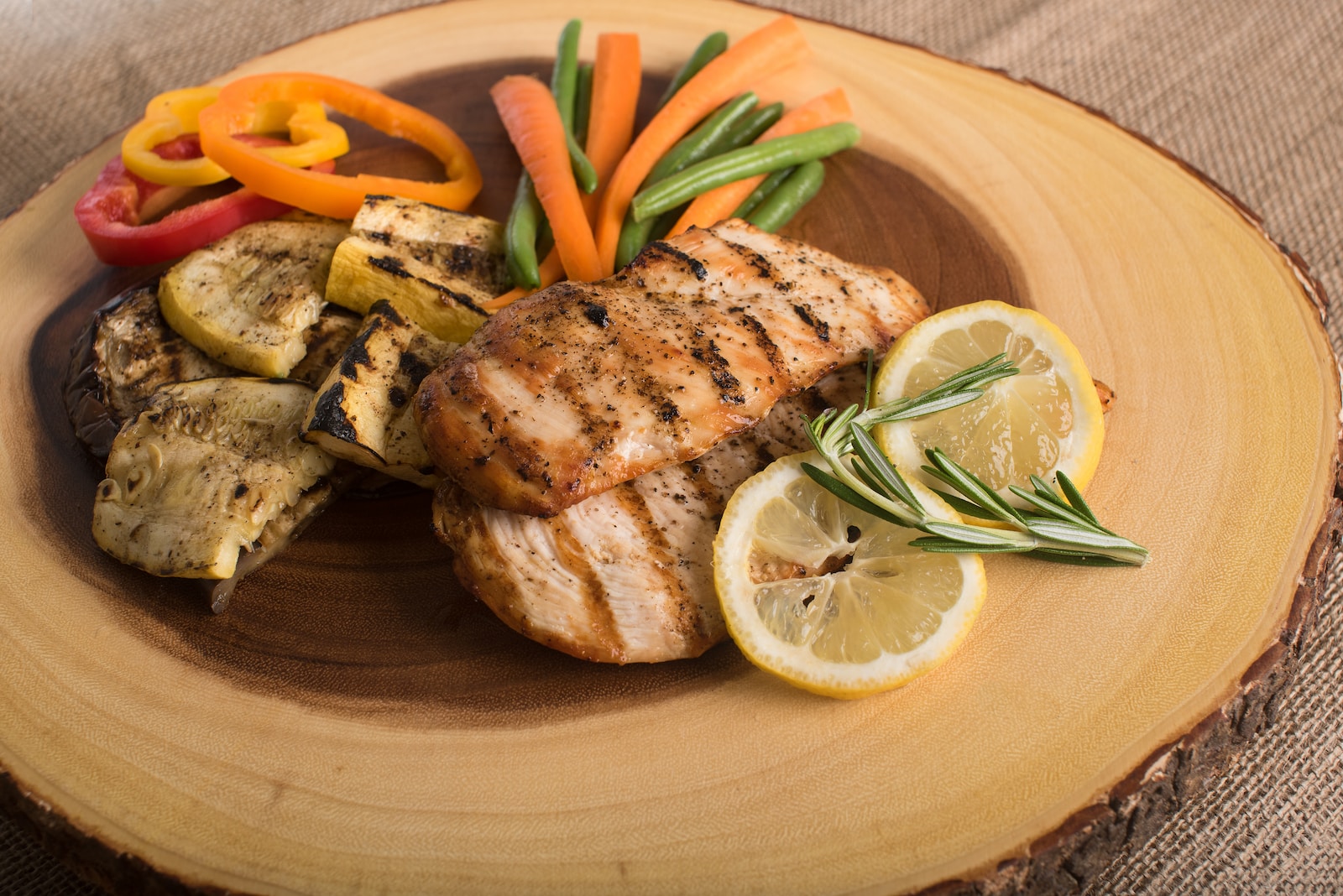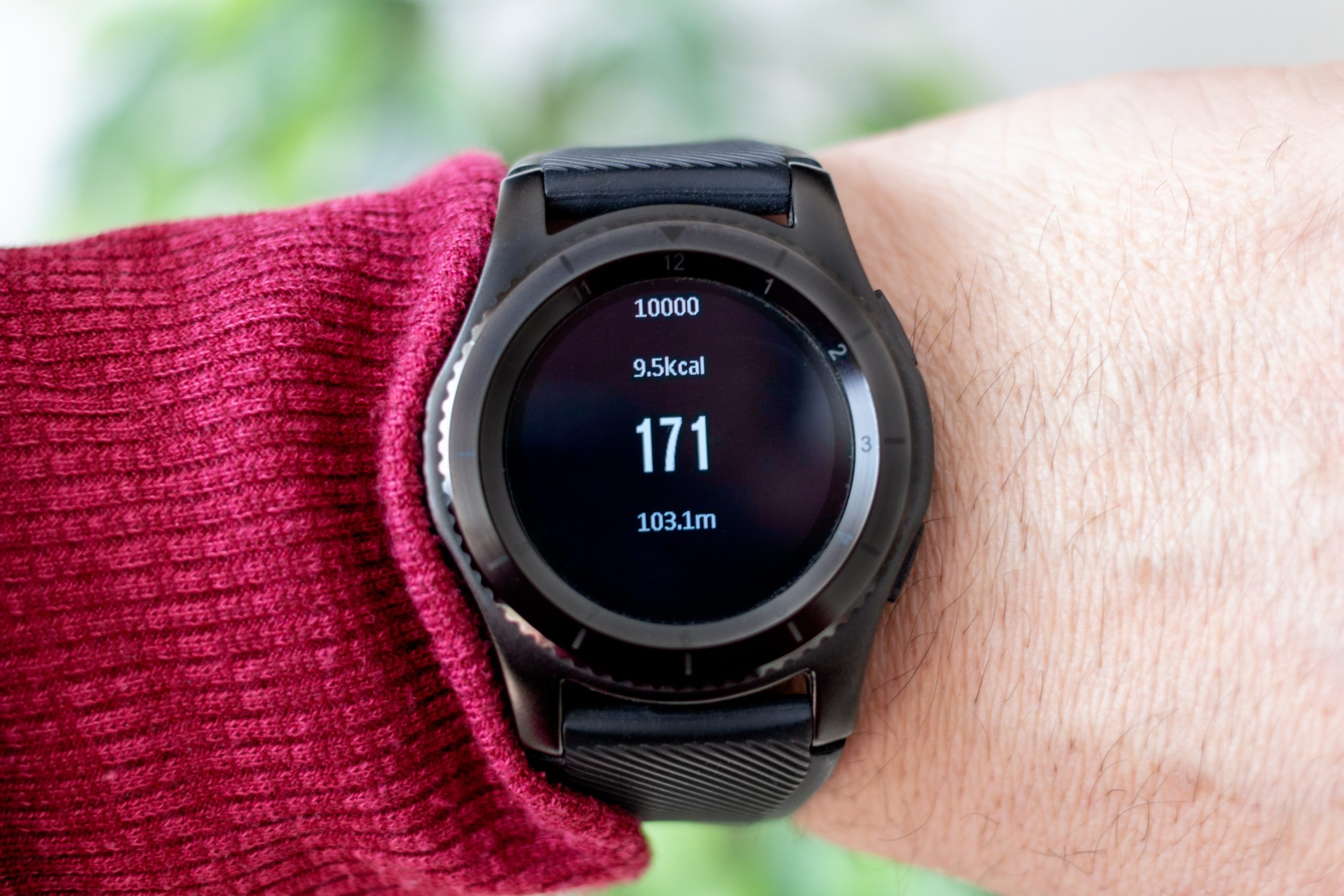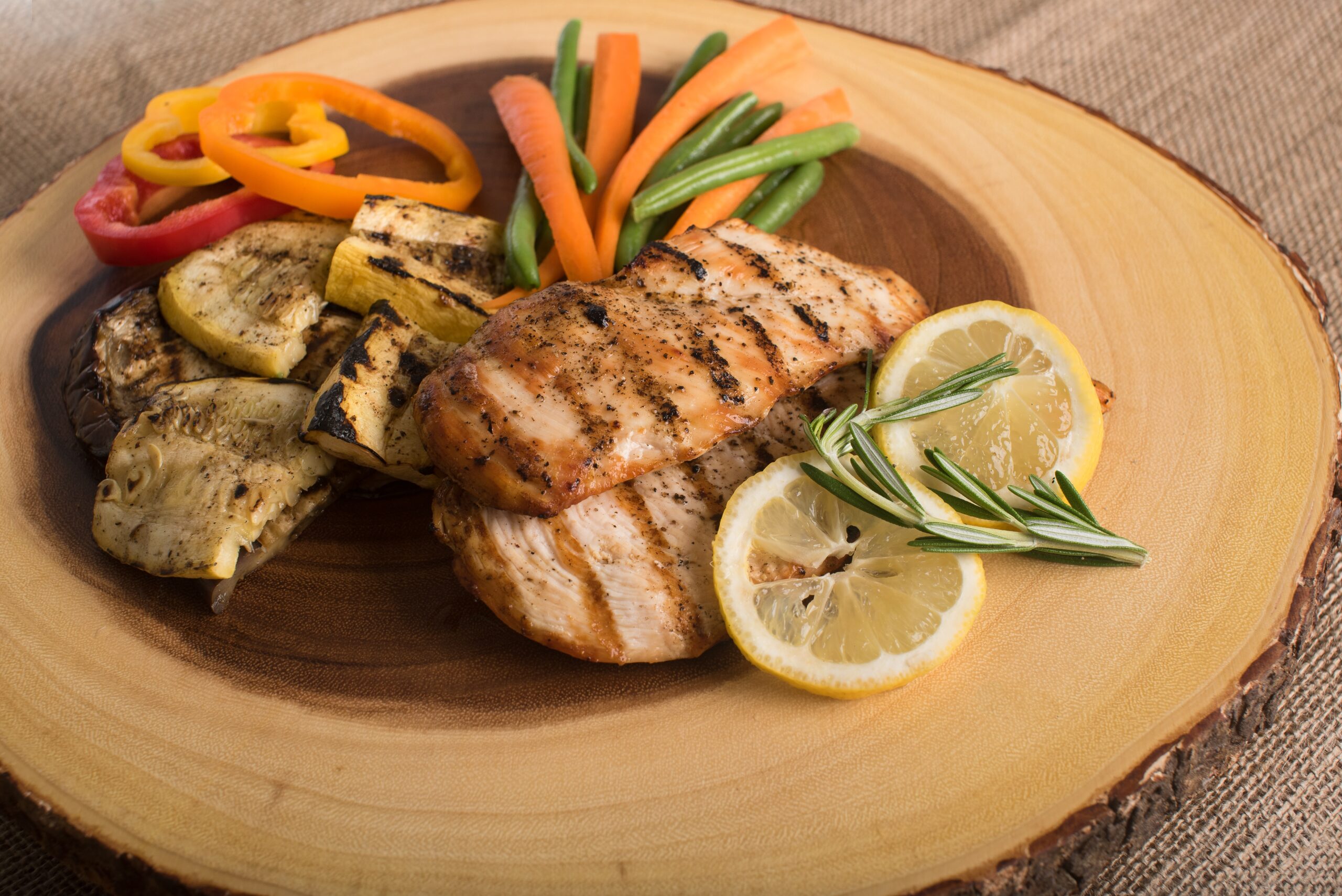The Keto Diet and Endurance Athletes
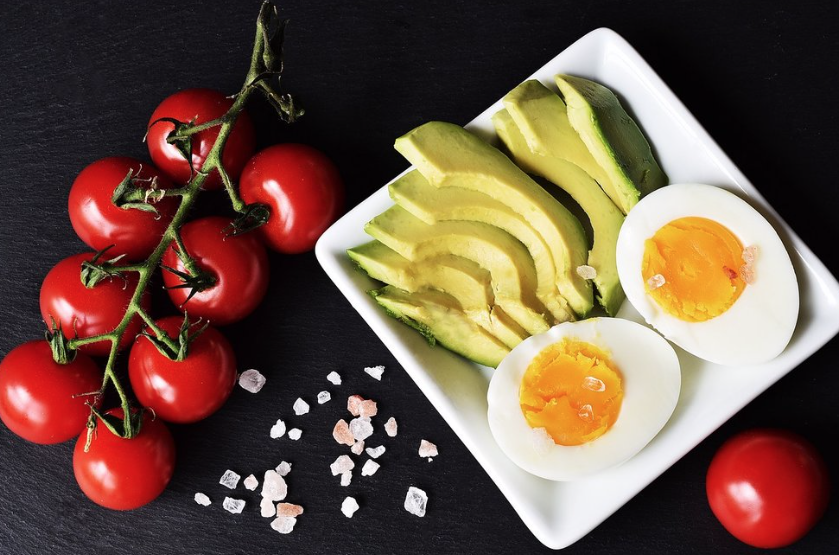
Whether you are gunning for a PR, podium placement or toeing the line at your first IRONMAN or marathon, the one thing that links all athletes is the desire to be in the best shape while feeling good in our own skin. Because of our heavy training load, it’s crucial to follow a nutrition plan that matches activity level while supports health and performance. But this is where things get tricky and body composition can easily be confused for fitness.
To that end, even in the triathlon/endurance world, it’s impossible to ignore the allure of trendy diets. Such as the controversial, infamous keto diet, continues to be front and center on the world stage.
According to its proponents, keto is the best thing since—literally—sliced bread. It’s not hard to see why: at first glance the success stories of rapid weight loss, reduced appetite, improved insulin sensitivity, and increased endurance at aerobic efforts make it sound appealing. However, on the flip side, keto has been termed a “medical diet,” and it comes with serious risks.
When you’re an Ironman athlete in training, should this trendy diet be part of your plan?
What Is the Keto Diet?
The keto (short for ketogenic) diet is a weight-loss trend that’s been making headlines for athletes seeking to improve performance and body composition. In a nutshell, it’s a low-carbohydrate, high-fat (LCHF) diet, originally developed to help reduce seizures in children with uncontrolled epilepsy.
It restricts carbohydrate intake to less than 50 grams per day (or about 5% of your daily allowance)—that’s equivalent to the carbs found in a half cup of oatmeal and a single medium banana. The rest of your calories should come from fat (75%) and protein (20%).
Because carbohydrates are drastically reduced on a LCHF diet the body can’t rely on it’s preferred fuel source, glucose for energy. Instead, on the keto diet, we utilize ketone bodies, a backup fuel, in the absence of glucose, that the liver produces from stored fat.
Low Carb for Long Training Sessions?
How does a low-carb diet work for triathletes/endurance athletes, with our demanding training and race-day energy requirements? Advocates of the diet, such as Dr. Phil Maffetone, a pioneer in contemporary medicine who has worked with six-time Hawaii Ironman champion Mark Allen, believe that athletes can achieve optimal performance by using keto to tap into the body’s fat-burning system. According to Maffetone, by maximizing your aerobic system under a low carb environment, the ability to utilize fat during endurance, strength and high intensity efforts is expanded. And, this leads to less GI distress, steady energy levels and a leaner physique.
But the idea of eliminating or drastically reducing your intake of an essential macronutrient (in the absence of a health condition) should immediately raise red flags. Plus, is it sustainable for a lifetime, and nutritionally sound? Hardly!
Even before you lace up your shoes or go out for a ride, at a bare minimum the body requires 120 grams of carbs (about 500 calories) per day to fuel the brain, support the central nervous system, and maintain red blood cell production and immune health.
Running on Empty
Especially during exercise, the body needs carbohydrates for energy. And during high-intensity exercise, it’s carbs that are responsible for converting fat to glucose quickly: afterall, fat is burned in a carbohydrate-fueled flame.
The body’s glycogen stores in the muscle and liver are limited. Fully stocked, we are fueled for approximately a 2-hour effort at 75% max VO2. Keep in mind, the higher the effort, the more carbs you use, and the faster you burn through your glycogen stores.
Although some research shows improved fatty acid oxidation from LCHF diets the body will outsmart our plan. In the case of inadequate carbs under training stress, the body will utilize fat as secondary source of fuel. But, in turn to counteract fat depletion, it will then increase fat storage! And, to make matters worse, a LCHF diet elevates cortisol, the stress hormone, which promotes abdominal fat storage. In case you haven’t been convinced yet, cortisol also promotes muscle breakdown.
That’s right, LCHF diets can encourage burning (and storage) of fat, but they can also burn through muscle tissue you are working so hard to strengthen.
Interested in test driving keto?
If you’re a keto-curious athlete, keto guides recommend making a dramatic macronutrient shift to trigger greater oxidation and nutritional ketosis. The 2-4-week transitional shift is broken down as <=50g carbs/day, 65-80% calories from fat, and .6-1.0g protein per pound of lean body mass.
It can be challenging to find satisfying meals that fit the macronutrient proportions of this diet. Animal proteins and leafy vegetables might make up most of your intake with an occasional fruit, as demonstrated in this sample menu.
- Breakfast: Scrambled eggs, sliced avocado, few slices of bacon.
- Lunch: Salmon fillet pan-seared in butter with a side of raw veggies and a green salad with vinaigrette.
- Snack: Smoothie with egg, leafy greens, and carrots and a side of nuts
- Dinner: Chicken (skin-on) and broccoli cooked with butter
If you are interested in trying this diet, do so in the post-season NOT in the build phase or race prep of an A race. Bottom line: getting race ready while adequately fueling to support training adaptations, recovery, and health is the priority, not training the body to utilize fat at race intensities – simultaneously.
Be forewarned, in this adaptation period, symptoms such as fatigue, headaches, sleep disturbances, extreme hunger, and low energy levels, referenced as “the Keto Flu,” are all to be expected.
It’s No Laughing Matter
More serious, long term implications include impaired immune system, hypoglycemia, increased injury/illness, hormonal disturbance, dehydration, disordered eating, sleep disturbance, nutrient deficiencies, impaired capacity to utilize and process carbs, and central nervous system fatigue.
The Last Word
Performance and health benefits are inconsistent and currently, don’t outweigh the serious health risks of the keto diet for athletes as a general consensus. You’ll find exceptions for sure, but we are all different and what works for one doesn’t necessarily work for another. As a Board Certified Sport Dietitian, I’m not a keto advocate. From a professional perspective, it’s not a sustainable lifestyle diet and I never recommend the elimination of a macronutrient from a diet without a medical reason to support said action. The answer to your body composition and performance goals will not, in my opinion, be achieved by eliminating carbs. It’s just not that simple.
Okay, what should I be eating?
Some of the healthiest and fastest runners in the world consume a carbohydrate rich diet. “Eating carbs is almost a universal practice among the world’s best endurance athletes,” according to Matt Fitzgerald, dietitian, writer and runner. Fitzgerald goes on to say the typical Kenyan diet is 78% carbs while dominating the world in distance running.
Still, the research and rumors on carbohydrates may seem at a quick glance conflicting, but by prioritizing real, wholesome, nutrient dense carb sources in place of processed, refined, nutrient-poor choices, you, too can experience great performance without sabotaging your health or body composition goals.
No, all carbs are not created equal. Complex carbohydrates break down into glucose a bit slower than simple sugars and provide vitamins, minerals, and fiber. Be choosy with your carb choices and strategically adjust around training sessions and the most active parts of the day.
Daily carb recommendations based on volume/intensity
Low intensity <1hr/day 3-5g/kg/day*
Moderate intensity 1 hr/day 5-7g/kg/day*
Moderate to high intensity 1-3hr/day 6-8g/kg/day*
High intensity 4-5+hr/day 8-12g/kg/day*
*Remember as training volume and intensity increase so does the need for carbohydrates
1lb = 2.2kg
For recommendations for your individual body composition and training habits, consider a consultation with a Certified Specialist in Sports Dietetics.



